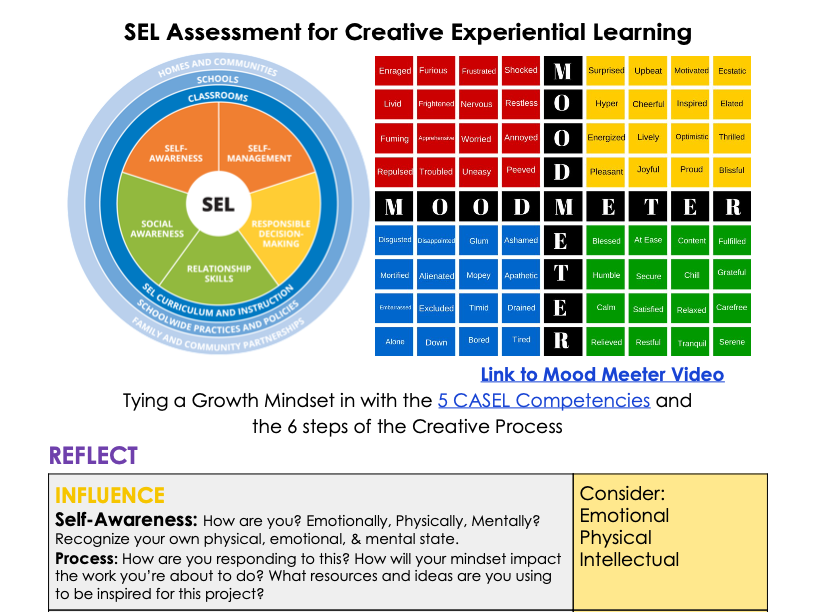|
Like most American teachers, I've been involved in the Great Remote Learning Experiment. Because of the circumstances, though, I think last spring was more about surviving than thriving. Teaching six weeks of summer school, knowing from the start it would be remote, has provided better circumstances for gauging remote learning. Below is a bulleted list of things I’ve learned. Spoiler: it isn’t all bad. In fact, some of it is hopeful. There are challenges and losses to remote learning, but also many gains. Caveat: this is long for a blog post. But I think it will be helpful. Keep in mind that I currently teach high school students but do have considerable experience working with younger students. Major lenses I have found work best for remote curricular considerations: Choice - Responsibility/Agency - Parents - Schedule/time - Quality v Quantity These are also linked in crucial ways. Giving students choice during this time is extremely helpful. Details will follow below. I think the lack of student choice is a major gap in our traditional systems at the best of times. But Covid has required even more student choice, given that each student has unique access to materials, resources, and skill-sets at home. Here is a document I use to help students with this. Here’s a link to my Teachable Course on the subject. I can’t watch over students every minute and usually can’t even see what they’re doing, so they need to take more responsibility to engage and inspire themselves. When I explain that a process or project should take an hour, it’s really their responsibility to spend that time and focus. Again, this is something our traditional systems should do a better job of cultivating. Numerous students have shared some fears about choice and responsibility. This is new territory. It's also why parents are more pivotal than ever before. We need parents to be checking on their children to help motivate them to do the best they can. I’ve had far more conversations with parents than I usually do. We need to welcome parents into the class in new and improved ways. Shifting to structural considerations, a good amount of focus should be given to schedules and what we think of as “class-time.” I had a parent suggest that “homework” was too much a part of the grading process. My response: “It could all be considered homework when it’s all being done at home.” I do think considerations for these definitions is helpful. We need to consider how much longer it takes students to navigate a remote learning environment (note, it takes longer). We must move away from the quantity of curriculum towards quality curricular experiences. This inevitably brings us back to CHOICE. For help with the “homework” definition, I suggest typical synchronous activities as “in-class work.” (Note: State school boards need to rethink credit requirements and the like.) On to the bullets. The Benefits of Asynchronous time:
Synchronous Experiences: Utilzation of the Asynchronous benefits creates important considerations for Synchronous Learning. My student surveys focused a good deal on this. How can we use synchronous (Zoom Meetings) more meaningfully if a lot of instruction is being done through Edpuzzle and pre-recorded videos? The answer:
Challenges of being Completely Remote:
Building structure and community:
Your community plan should include:
SEL and Growth Mindset: I translated a bunch of my assessment handouts, critiques, and worksheets into a SEL and Growth Mindset frame. I think it was really helpful.
Autonomy:
Honestly, I found a lot of benefits to remote learning, but that’s likely because I’ve always promoted student choice and taking responsibility for their own learning. That’s messy work that focused itself this summer in new ways. I’m impressed with the level of work I received from intro level students. It was a rough ride at times, but learning always is. I think there are many benefits from having our learning and teaching community dive into this work in a planned and more cohesive manner. Based on meetings with other summer school teachers I have a renewed sense of hope. Most agreed with the schedule and choice reforms I’ve been advocating for because it’s clear how this will allow students to succeed remotely. Some even suggested that specific classes might work better completely asynchronously. We should not expect this to work with 8 period schedules at a time. These changes, if done correctly, could benefit students and learning for years to come.
0 Comments
|
Archives
July 2020
Categories
All
|


 RSS Feed
RSS Feed
